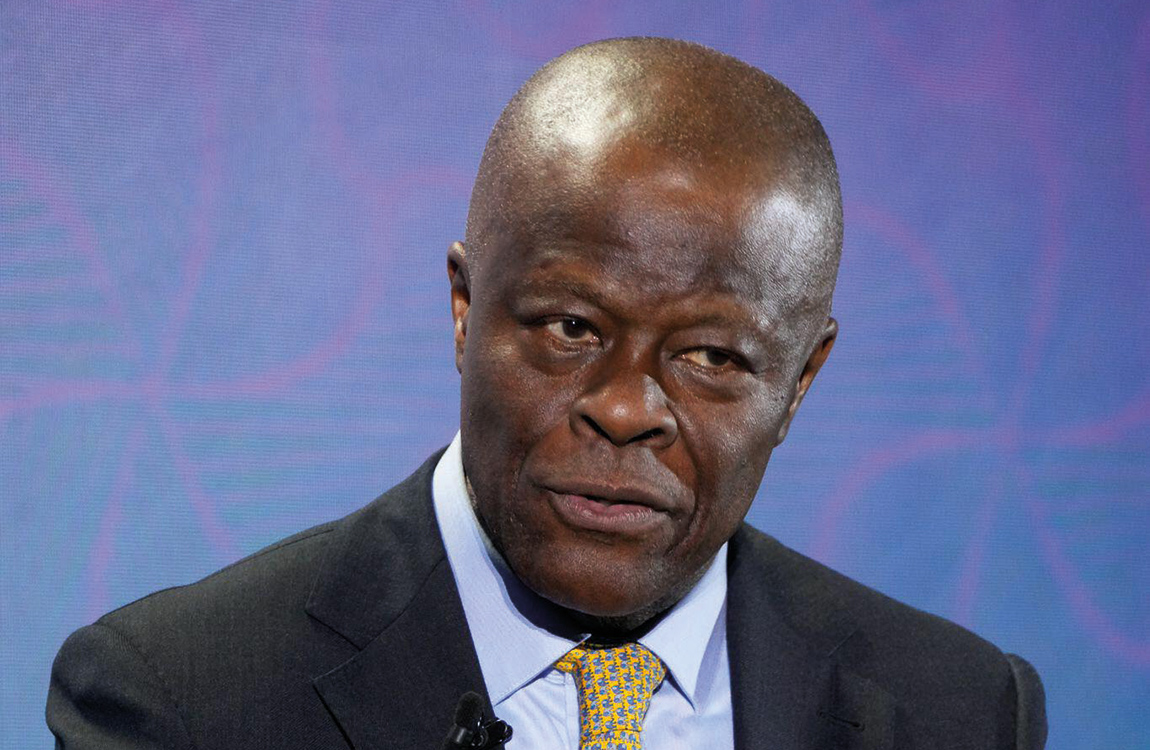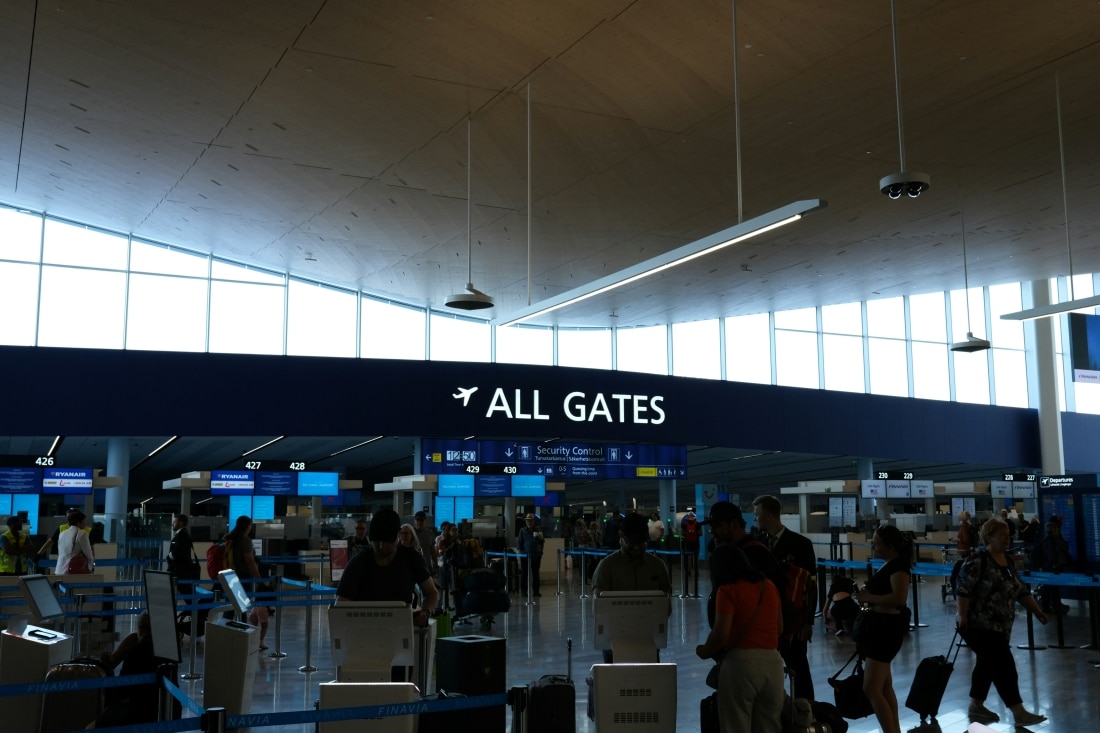Why Dubai's sandbox and India's scales are a match made for insurtech success
Imagine a world where buying health insurance is as simple as grabbing your morning coffee—and just as flexible whether you're in Delhi, Dubai, or anywhere in between!
India and Dubai are flipping the script in an industry long known for being complex and slow to change. India’s digital-first revolution is making insurance faster, more innovative, and more accessible, while Dubai is creating a regulatory playground for bold startups to break new ground.
Together, these two dynamic markets are sparking a transformation, setting the stage for a truly borderless, tech-powered insurance ecosystem.
It’s not just evolution—it’s a full-throttle revolution shaping the future of how we live, work, and protect ourselves.
The global insurance landscape is turning, and India-Dubai markets are showing how transformation happens. India’s insurtech sector thrives due to its massive scale, rapid digitisation, and strong fintech backbone. UPI integrations, mobile-first solutions, and platforms like Policybazaar have made insurance more accessible than ever, especially in underserved segments.
Dubai, meanwhile, is proving that regulation doesn’t have to be a barrier to innovation. With initiatives like the Dubai International Financial Centre (DIFC) Innovation Hub and partnerships with global insurers like Lloyd’s, it’s creating an agile sandbox environment where startups can experiment and scale fast.
What connects them is a shared vision: an ecosystem where insurance is seamless, tech-powered, and aligned with how people live, whether that means instant claims, dynamic pricing, or behaviour-linked rewards.
 Dubai International Financial Centre
Dubai International Financial Centre
The DIFC is building one of the most agile spaces for insurance innovation. With flexible regulations and a supportive environment, it acts like a sandbox where insurtech startups can test bold ideas without getting tangled in red tape.
DIFC’s global partnerships, like with Lloyd’s, are powering accelerators that help these startups scale and connect with the broader insurance ecosystem.
“Lloyd’s has been active in the Middle East insurance industry for nearly six decades, with a regional hub in Dubai that brings together its community of syndicates and coverholders. We’ve seen interest from both startups and MGAs,” says a spokesperson, highlighting the region's growing appeal.
Local players are also thriving here. Addenda uses blockchain to streamline claims, while Wellx redefines health insurance with wellness-linked models.
“We offer cashback rewards from the insurance premiums to encourage members to walk, sleep, and engage better,” says Vaibhav Kashyap, CEO of Wellx. “Incentives encourage users to be more proactive around their care and engage with digital health tools like telemedicine.”
DIFC is proving that future-focused insurance is already possible with the right setup.
India is quickly becoming a global leader in insurtech, with big insurance companies making it easier than ever to compare and buy policies online. Thanks to a mix of digital and hybrid agent models, they're reaching even more people, blending convenience with personal service.
Embedded insurance is a significant trend driving this shift, offering coverage while shopping online, using healthcare apps, or even through banking. India’s rapid digital adoption since 2016 has become a powerhouse, making insurance smarter, faster, and more accessible than ever.
Adding to this momentum is the growing role of healthtech and wearables in personalising coverage and promoting healthy behaviours. “We already work with Ultrahuman, one of India’s best wearable companies. Ultrahuman’s products are getting rampant adoption globally and we believe they will continue to see immense success,” says Kashyap.
Also, on cross-border insurance models, Neeraj Gupta, CEO of Policybazaar UAE, emphasises that “We’re actively working toward offering integrated, cross-border policies—such as health insurance valid in both India and Dubai—catering to the large Indian diaspora.”
This vision addresses the unique needs of expats moving between countries, ensuring a seamless experience in both markets.
The India-Dubai insurance corridor is gaining momentum, fuelled by Dubai’s interest in India’s massive market and the rising need for portable insurance solutions among Indian expats. With AI, wearables, and real-time data, insurers are rolling out personalised, lifestyle-linked policies that reward healthy habits and improve risk profiling.
As Gupta puts it, “Indian consumers are increasingly price-sensitive and digitally savvy, while customers in Dubai prioritise instant access, seamless service, and a global quality experience.” He adds, “Indian-origin residents in Dubai expect concierge-like digital journeys and end-to-end paperless experiences—especially in motor and health insurance.”
Policybazaar’s UAE platform reflects that shift. “While our India platform served a domestic audience, we cater to expats seeking secure, simplified solutions for health, motor, and term insurance in Dubai. We've partnered with all major insurers to ensure hyper-local relevance and invested in bilingual support, instant issuance journeys, and custom product bundles for expat life's transient, cross-border nature,” Gupta explains.
Trust and transparency remain critical, driving platforms to offer real-time comparisons, multilingual support, and smarter digital journeys. At the institutional level, innovation is thriving.
“Lloyd’s has a history of pioneering firsts, from motor and aviation to political risk and cyber, and we continue to innovate. Through platforms like Lloyd’s Lab and tech-driven syndicates such as Ki, the institution is backing new technologies that disrupt traditional underwriting models,” says a spokesperson.
DIFC’s sandbox model already enables this shift in Dubai, partnering with global leaders like Lloyd’s and rising local players like Addenda and Wellx.
“We offer cashback rewards from the insurance premiums to encourage members to walk, sleep, and engage better,” says Kashyap. “Incentives encourage users to be more proactive around their care and engage with digital health tools like telemedicine,” he adds.
From embedded insurance to behaviour-linked rewards, the India-Dubai corridor shows the world what future-ready insurance looks like.
The India-Dubai corridor is shaping the future of global insurance, powered by agile regulation, smart tech, and cross-border relevance. Dubai's DIFC is a hub for innovation, while India’s insurtech landscape drives scale and speed.
“That’s a vision we’re actively working toward,” says Gupta. “The deep ties between India and Dubai, especially through the large Indian diaspora, make cross-border insurance products a natural fit. This space is ripe for innovation, from family floaters covering dependents in India while the primary policyholder is in Dubai to travel-linked health covers spanning both geographies.”
One such innovation is Policybazaar’s PB Advantage program, which gives NRIs access to healthcare while visiting India, ensuring they stay covered during short trips. “It also offers portability for those returning to India permanently, allowing them to seamlessly transition their health insurance without losing benefits.” Gupta further added.
This model, focused on accessibility, personalisation, and borderless solutions, holds lessons for regions like Africa, Southeast Asia, and the EU countries.
As Dubai redefines the rules with agile regulation and India brings scale and digital fluency, the corridor offers more than innovation—it offers a blueprint. From expats in transit to insurers building for tomorrow, this model shows how insurance can finally keep pace with the way we live today—fluid, connected, and tech-powered across borders.
At Indiatimes, I love turning ideas into engaging stories that connect with readers. Whether it’s exploring trends or crafting fun narratives, I enjoy bringing a creative touch to everything I write.










